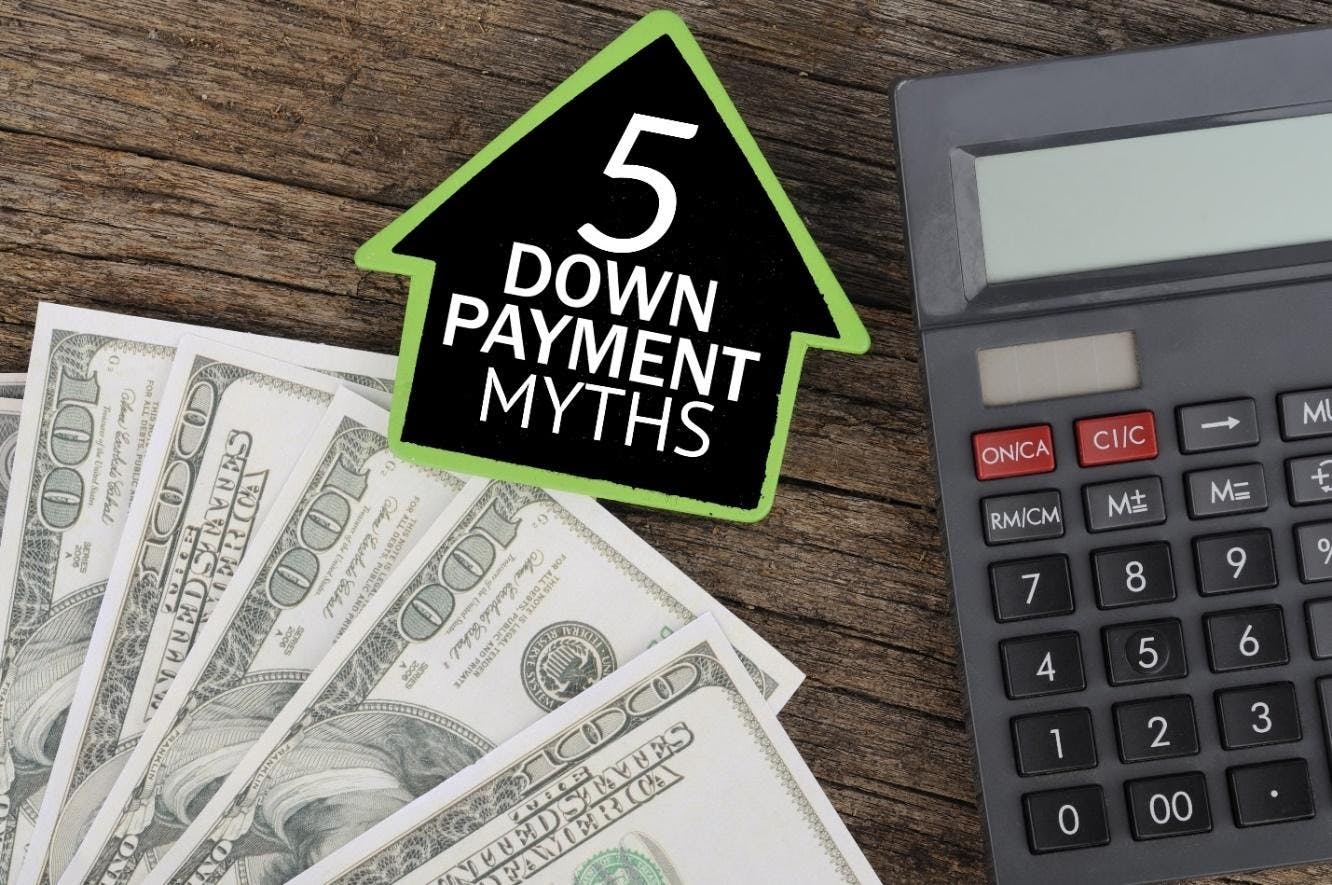The next three years are expected to produce more first-time homebuyers than at any point since the Great Recession – at least 8.3 million. That’s according to a report released in February from DownPaymentResource.com, just a few weeks before world-changing events.
It’s difficult to measure at this point how the health and economic crisis will affect first-time buyer plans but, then and now, we hear misinformation about one of the most important aspects of the home purchase – the down payment. There is no better time than now to educate people as they consider buying a home.
Some fresh insights: First-time buyers make up a third of all home purchasers, with a majority of them in their 30s. A full 84% of millennials consider wanting to own a home to be a major part of the American Dream, however many in this generation are struggling to reach that financial milestone – presumably even more so post-virus outbreak.
Did you know there are more than a dozen down-payment-assistance programs for Washington state residents? The good news: A survey conducted in early 2020 showed 31% of millennials hope to use a down-payment-assistance program when buying their first home – and that figure is expected to rise.
Buying a home may still be in reach, particularly if you thought some of these five down-payment myths were true:
Myth #1: You need a minimum 20% down to buy a home
A survey from TransUnion showed that 41% believe a high down payment is required on a home purchase. Putting one-fifth of the total sales price as a down payment may be a great step toward full ownership, but it’s not necessary and possibly a financial miscalculation. A lower payment could provide a valuable cash cushion in a new homeowners’ savings account for unexpected events. In addition, about three-quarters of government-sponsored, home-buying-assistance programs offer help to buyers on a down payment. The Washington State Housing Finance Commission supports certain buyers through HomeChoice, a down-payment-assistance program that mortgage lenders can explain in detail.
Myth #2: Down-payment help is only available for first-time buyers
Assistance programs traditionally help first-timers get on the property ladder but aid is available for others. The official definition of “first-time homebuyer” from the U.S. Department of Housing and Urban Development is someone who has not owned a home in three years. In fact, about four in 10 assistance programs across the county allow repeat homebuyers to apply. That could be ideal for people who, for example, owned a home as the Great Recession hit hard when some 25% of households owed more on their property than it was worth. (We may be heading towards a recession worse than 2007-2009, but this time it is a health-created downturn, not a housing-driven crisis.)
Myth #3: Down-payment programs are not available during crisis times
We started this year with 44 housing-finance programs in Washington state and about 90% funding. (The figures nationally are 2451 programs and 81% funded, as of May 2020.) The new crisis we face has closed down or temporarily suspended about 15% of the programs nationally, and there are still about a dozen available to buyers in King, Pierce and Snohomish counties (as of this writing). I can help you find which programs match your criteria.
Myth #4: Even with assistance, it’s too expensive to buy a home in Seattle/King County
Down-payment help is available in most areas of the state, including the Emerald City and surrounding areas. In fact, Seattle offers up to three additional assistance programs not available in other parts of King County, plus some applicants can qualify for up to $105,000 in aid. As I explained in a deeply researched blog post in 2019, about 10% of available assistance programs are specifically aimed for community-service workers, including those in health care, emergency response and education to help buy a home in or near the city or town in which they work. There’s another set of programs ready to support veterans, members of the military and surviving spouses that is in addition to generous VA mortgage loan programs.
Myth #5: Down-payment programs make home financing more complicated
Completing a home sale is no piece of cake and adding a layer of state-financing support could make one feel overwhelmed. That’s why these programs require the completion of a helpful seminar that describes the assistance available and provides more detail on the home-buying process. (Full seminar schedule) This education piece along with helpful conversations with your team of lender and real estate professionals will set up a buyer for success.
About six out of 10 buyers say they used their savings as the primary source for their down payment, and 13% of all buyers cited saving for that payment was the most difficult step in the buying process. While all that makes sense, it also should not make one become cash-starved upon moving in. The money and opportunities from these programs are there for the asking – and if buyers qualify, of course.
As we head into National Homeownership Month, in June, checking out down-payment assistance is definitely worth your time.




